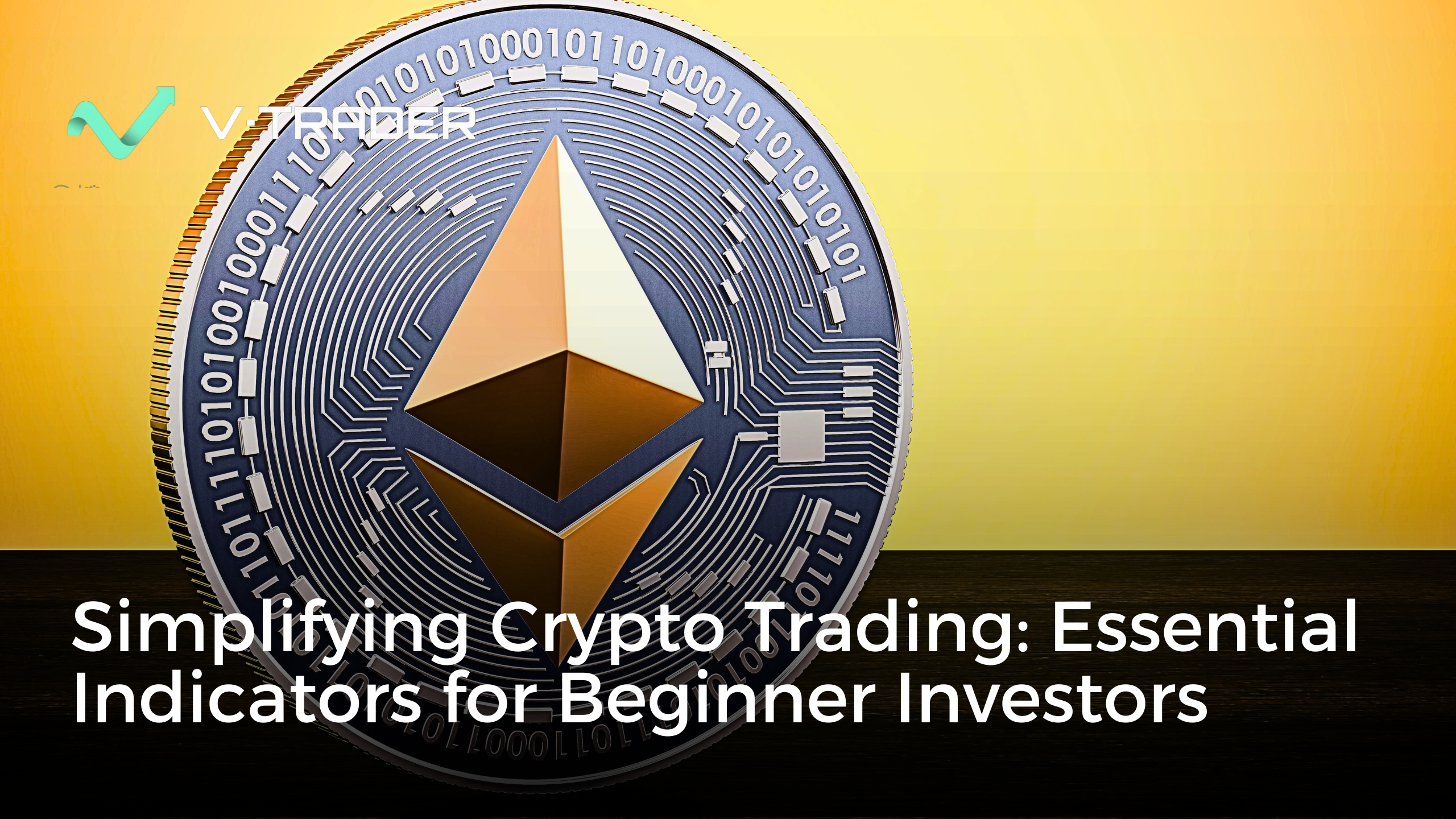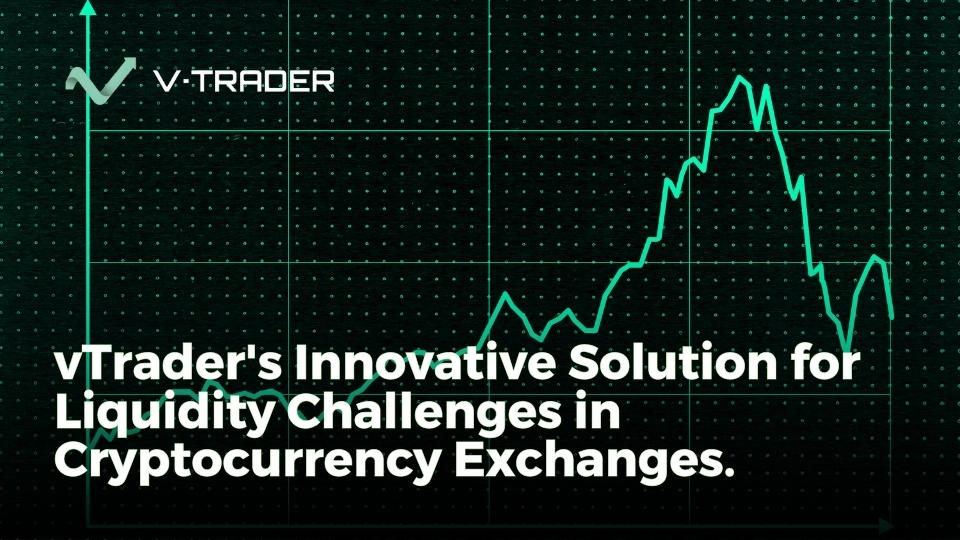Introduction
Cryptocurrency trading has become a normal and lucrative part of investing worldwide. The volatility and complexity of crypto markets often leave new traders overwhelmed, leading to decisions based on emotions rather than analysis. By understanding and using crypto trading indicators, traders can gain insights into price movements, develop a robust trading strategy, and make informed decisions.
This guide will explore the best indicators for crypto trading, their uses, and the ways to avoid common mistakes while navigating the cryptocurrency market.
What Are Crypto Trading Indicators?
Cryptocurrency trading indicators are mathematical calculations applied to price, volume, or other market data to predict future price movements and trends. They provide traders with different signals based on historical data to make decisions like buying, selling, or holding a position. These indicators are essential for both novice and seasoned traders aiming to improve their trading outcomes.
Types of Indicators
Crypto trading indicators can be broadly categorized into the following types. Each indicator serves a specific purpose, and combining them can yield a more comprehensive analysis.:
- Trend Indicators: Identify the direction of the market, helping traders align their strategies with the current price trends. Examples include Moving Averages and Bollinger Bands.
- Momentum Indicators: Measure the speed of price movements to determine whether an asset is in overbought or oversold conditions. Examples include the Relative Strength Index (RSI) and the Stochastic Oscillator.
- Volume Indicators: Focus on trading volume to assess the strength of a trend. Examples include the On-Balance Volume (OBV) and Volume indicator.
- Volatility Indicators: Gauge the degree of price variation, enabling traders to predict periods of high and low market activity. Examples include the Average True Range (ATR) and Bollinger Bands.
- Support and Resistance Levels: Identify critical price levels where markets tend to reverse or consolidate, providing traders with actionable insights.
Top Crypto Indicators
Moving Averages (MA & EMA)
Moving Averages (MA) are one of the simplest and most popular technical indicators, offering a smoothed representation of an asset’s price over time. They help traders identify trends by filtering out short-term price fluctuations.
- Simple Moving Average (SMA): Calculates the average price over a set period of time.
- Exponential Moving Average (EMA): Places greater weight on recent prices, offering a more responsive view during changing market conditions.
For example, the 50-day EMA crossing above the 200-day EMA signals a bullish trend, known as a “golden cross”. This is a strong confirmation signal that a change has occurred and opening a position could be profitable.
Relative Strength Index (RSI)
The RSI measures the speed and magnitude of price movements to identify overbought or oversold conditions in the market. It oscillates between 0 and 100, with values above 70 indicating overbought conditions and below 30 signaling oversold conditions.
Here is how you can interpret what the indicator is showing:
- Values above 70 indicate overbought conditions, signaling a potential correction. Crossing this level from the top to bottom would signal a good time to open a sell position.
- Values below 30 suggest oversold conditions, pointing to a possible upward reversal. The best time to place a buy order would be when this level is crossed from bottom to top.
For example, a crypto trader might wait for the RSI to drop below 30 to identify a potential buying opportunity in an oversold market and enter the trade when the 30 mark was crossed from bottom to top and other indicators and market conditions confirm a buying opportunity.
Moving Average Convergence Divergence (MACD)
The MACD indicator tracks the relationship between two EMAs (usually 12-day and 26-day) and generates buy and sell signals when these lines cross the 0 line. A positive MACD indicates bullish momentum, while a negative MACD shows bearish momentum.
- A bullish crossover occurs when the MACD line crosses above the signal line.
- A bearish crossover happens when the MACD line crosses below the signal line.
The MACD histogram adds further clarity by showing the distance between the two lines.
Bollinger Bands
Bollinger bands can be used to spot outliers in price, generating multiple trading signals throughout the day. They can also be used to spot outliers in price action on the higher timeframes, a great tool for trading and managing corrections.
Bollinger Bands consist of three lines:
- Middle band: A simple moving average (SMA).
- Upper band: Two standard deviations above the middle band.
- Lower band: Two standard deviations below the middle band.
When prices approach the upper band, the asset may be overbought, while proximity to the lower band signals potential oversold conditions. Think of it as the farther away over the upper and lower band price is, the higher chance of a correction.
Bollinger Bands also indicate market volatility, narrow bands suggest low volatility, while wider bands indicate higher volatility.
Volume Indicators
Volume is a key factor in validating trends. Volume indicators reveal the number of trades during a specific period, reflecting market interest. High trading volume during price increases signals strong buyer interest, while low volume may suggest a lack of conviction.
- On-Balance Volume (OBV): Tracks the flow of volume in and out of an asset. It’s a cumulative measure of buying and selling pressure
- Volume Moving Average: Highlights the average trading volume over a defined period.
An increase in volume during price movements confirms the trend’s strength, while declining volume signals potential reversals.
Stochastic Oscillator
This indicator compares a crypto asset’s closing price to its price range over a specific period, highlighting overbought or oversold conditions. It oscillates between 0 and 100, with values above 80 signaling overbought and below 20 indicating oversold levels.
This momentum indicator compares a crypto asset’s closing price to its price range over a specific period.
- Readings above 80 suggest overbought conditions.
- Readings below 20 indicate oversold conditions.
Fibonacci Retracement
The Fibonacci sequence, a mathematical marvel found in nature and the human body, also manifests in the emotional dynamics of markets. From the spirals of galaxies and in seashells to the proportions of the human anatomy, this sequence represents balance and harmony.
Similarly, in trading, Fibonacci retracement levels reveal points where market sentiment often pauses, reverses, or consolidates. These levels reflect the natural rhythm of fear and greed in trading, mirroring how emotions can drive collective behavior.
The Fibonacci retracement tool identifies potential support and resistance levels based on key Fibonacci ratios (23.6%, 38.2%, 50%, 61.8%). In these areas, prices often reverse or consolidate. Traders use these levels to predict future price movements and make strategic entries or exits, especially around 0.382 and 0.619 on the Fibonacci retracement indicator.
Support and Resistance Levels
Support levels act as price floors, while resistance levels serve as ceilings. Identifying these levels helps traders anticipate market behavior and plan their trades more effectively. They are the cornerstone of technical analysis, providing the framework upon which many trading strategies are built.
Support and resistance levels highlight key price zones where market participants have historically shown strong buying or selling interest. These levels are critical because they represent psychological barriers, areas where traders’ emotions, such as fear or greed, often drive decision making.
- For instance, a support level indicates a price point where buyers consistently step in to prevent further decline, while resistance marks a level where sellers tend to take profits and halt upward momentum. By marking these levels on price charts, traders gain a clear visual representation of potential entry and exit points.
What makes support and resistance so powerful is their compatibility with virtually all technical indicators. Most indicators, such as Moving Averages, Bollinger Bands, and Fibonacci retracement levels, can be layered onto these zones to confirm signals.
- For example, a resistance level that coincides with the upper band of Bollinger Bands or an overbought reading on the RSI provides a stronger indication of a potential reversal. By comparing those signals with support and resistance analysis, you can enhance your ability to interpret market signals and make well-timed decisions.
Best Practices for Using Indicators
- Combining Indicators for Confirmation
No single indicator can guarantee 100% results. Moving Averages and volume indicators are recommended for a broad market picture and to pinpoint trades. Two moving averages smooth out price trends to identify the overall direction and give entry points, while Volume Indicators confirm the strength of those trends by showing the level of market participation behind price movements.
- Monitoring Market Sentiment Alongside Technical Signals
Market sentiment tools like the Fear and Greed Index complement technical indicators by providing a psychological perspective on the market. These tools help traders understand whether the market is driven by fear, potentially signaling a buying opportunity, or by greed, which could indicate an upcoming correction. By combining sentiment analysis with technical signals, traders can gain a more holistic view of market conditions, leading to better-informed decisions.
- Take Into Account Your Trading Style
Your trading style shapes the indicators you’ll rely on, so it’s essential to choose tools that match how you approach the market. If you’re a swing trader, you’ll likely find Bollinger Bands useful, as they help you spot volatility and price reversals over a few days or weeks. On the other hand, if you’re a scalper looking for quick gains, faster indicators like the Stochastic Oscillator will help you react to small price movements in real-time. The key is to match your indicators to your unique strategy, you want to understand what the market is doing to make the most out of every trade.
Common Mistakes to Avoid
Here are some of the most common mistakes traders make, along with explanations of why they can lead to poor outcomes:
- Relying Solely on One Indicator
Many traders fall into the trap of depending on a single indicator to make decisions, believing it will always give them accurate signals. Remember, no single indicator is foolproof, and relying on just one can lead to missed opportunities or false signals. It’s essential to use a combination of indicators that complement each other to get a fuller, more accurate picture of the market.
- Emotional Trading (FOMO and Panic Selling)
Emotional trading is one of the biggest pitfalls in the markets. Fear of missing out (FOMO) often leads traders to buy at the peak, driven by greed or the desire to catch the next big move. Panic selling, on the other hand, results from fear during market drops, causing traders to exit positions at the worst possible time.
Both actions are driven by emotion rather than logic, leading to poor entry and exit points. Successful traders learn to control their emotions and make decisions based on analysis rather than feelings.
- Overtrading and Lack of Patience
Inexperienced traders often overtrade, trying to capitalize on every market move or looking for constant action. This behavior can lead to exhaustion, increased commission fees, and more opportunities to make mistakes.
On the other hand, most successful traders exercise patience, waiting for the right setups and letting trades develop before making an entry and then adding to the trade only if they are proven correct.
Conclusion
Crypto trading is more than just a series of trades, it’s a journey of discovery, strategy, and growth. Armed with the right indicators traders can sharpen their ability to read price charts and forecast market movements. No single tool can guarantee success, but by combining these indicators and aligning them with your strategy, you can make smarter, better decisions in the crypto landscape.
The key to thriving in this market is not just avoiding common mistakes but also embracing a thoughtful, data-driven approach that sharpens your edge.
If you’re ready to take control of your crypto trading journey, vTrader is your gateway to seamless, real-time market insights and trading solutions. With a user-friendly platform that supports a range of cryptocurrencies and live updates on key price movements, vTrader equips you with the tools to make informed decisions. Whether you’re a beginner or a seasoned trader, start today and experience the power of simplified, efficient crypto trading at your fingertips.

Steve Gregory is a lawyer in the United States who specializes in licensing for cryptocurrency companies and products. Steve began his career as an attorney in 2015 but made the switch to working in cryptocurrency full time shortly after joining the original team at Gemini Trust Company, an early cryptocurrency exchange based in New York City. Steve then joined CEX.io and was able to launch their regulated US-based cryptocurrency. Steve then went on to become the CEO at currency.com when he ran for four years and was able to lead currency.com to being fully acquired in 2025.



